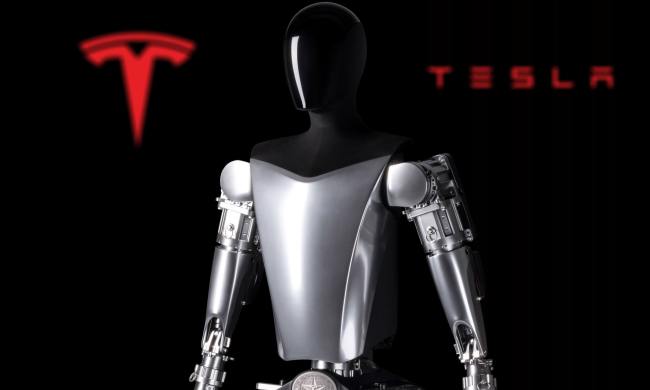
This unusual 21st century hitchhiker model is a hit among its 20 million members across 19 countries who have clearly decided that BlaBlaCar is a worthwhile alternative to driving alone along long stretches of road. And with preferences that rank on a scale from “bla” to “bla bla” to “bla bla bla” in terms of conversation level and a “ladies only” choice for women who’d rather keep testosterone out of their morning commute, it’s no wonder that BlaBlaCar has proven wildly successful in its nine years of existence.
So successful, in fact, that its $1.6 billion valuation makes it the only unicorn in France (where unicorns are not mythical horned horses, but rather startups with an estimated worth of more than $1 billion). And because BlaBlaCar is technically a platform that promotes ridesharing and not a service in and of itself, it doesn’t have to deal with any of the regulatory nightmares that have almost kicked Uber out of much of Europe.
Sorry Uber, you’re not ‘in’ in Germany anymoreBut in terms of cost effectiveness, BlaBlaCar may not be your best option. The service isn’t exactly on-demand — drivers will publish their routes about two to three days before they actually make their trip, and rides run passengers 10 cents a mile. With the average BlaBla ride clocking in about 200 miles, the cost to the riders stands at about $20, while drivers can defray some of cost of gas (after BlaBlaCar takes a 10 to 15 percent cut).
And at the end of the day, with the convenience of public transportation, driving often seems like a less attractive option. As one France-based Digital Trends writer noted, “I booked a train ticket from Aix to Lyon earlier today for ten euros. I just looked at BlaBlaCar and the prices range from 15-20 euros for a trip that takes at least twice as long.”
While you won’t have a chance to try out BlaBlaCar in the U.S. anytime soon, if you’re up for a long road trip the next time you’re overseas, you may want to consider this carpooling option. Who knows, it may be a good way to meet new friends.


